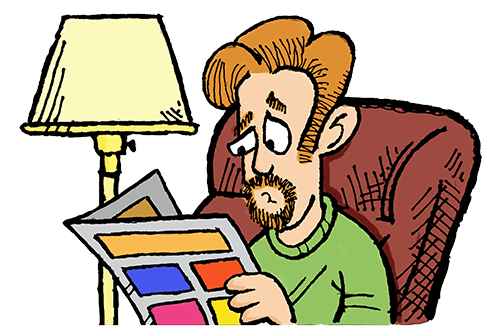WOO-HOO! POOL PARTY!
Post Content
Mary Worth, 6/19/06
![]()

Yeah! It’s Charterstone pool party time! We all know what that means: the gears of the Mary Worth plot machine are grinding noisily as we transition to a new storyline. I sure hope that we get back to the glory days of meth fiends and drunks and moronic yoga instructors, and leave behind the recent insipid territory of lame divorce and lamer marital spats that we’ve been forced to slog our way through.
Of course, no Charterstone pool party would be complete without Professor Ian “Chinbeard” Cameron being an asinine sourpuss. With any luck, the next plotline will focus on Ian because something terrible happens to him — like, he has a heart attack and dies. The end. That’d be great. And it would probably only take, like, six or seven days.
The fellow in the orange shirt in the background looks to be desperately trying to have a good time at this squarefest by climbing on something. “Whee, I’m six feet higher than everybody else! It’s wacky!”
Barney Google and Snuffy Smith, 6/19/06
![]()

Can we have one day in the comics that doesn’t have some kind of “man on dog” theme? Please?






